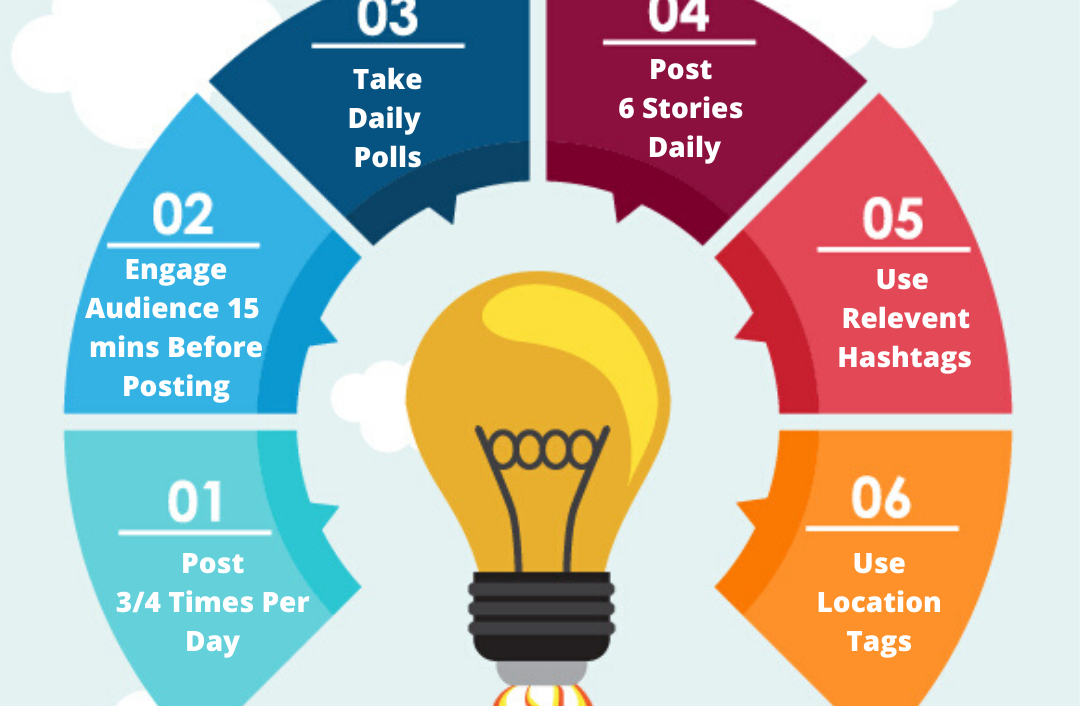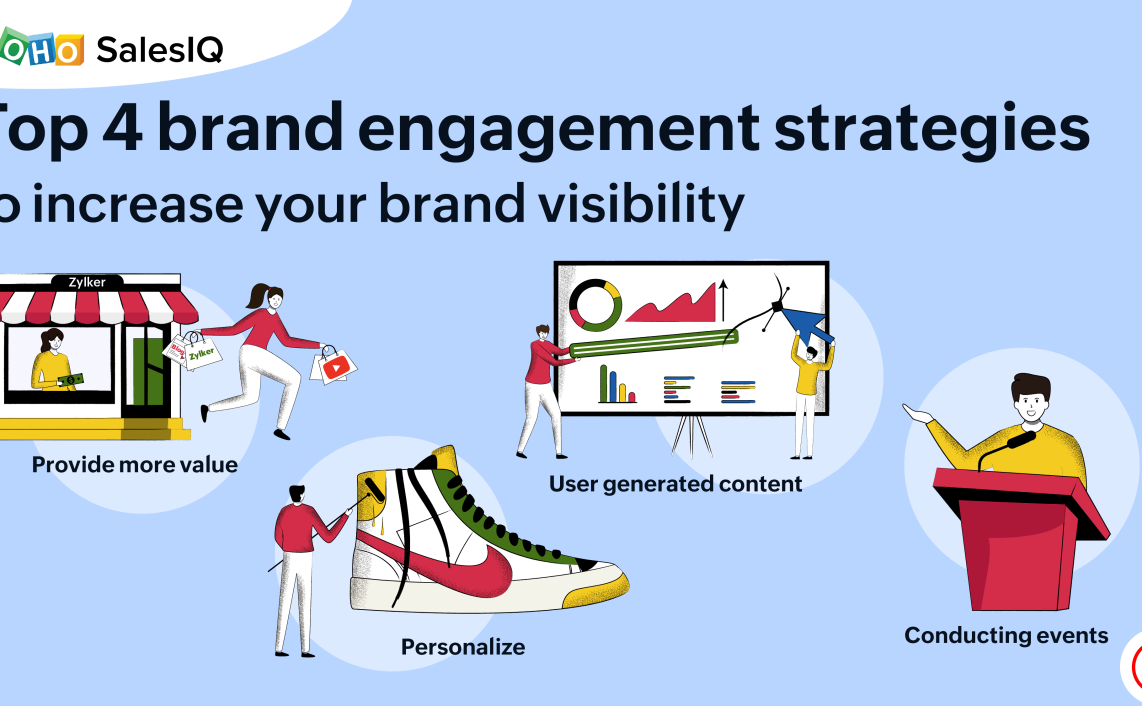Electrifying Your Electronics Brand: Marketing Strategies That Work

In the fiercely competitive electronics industry, where brands vie for attention in a crowded marketplace, effective marketing strategies are paramount. To “electrify” their brand and stand out from the pack, electronics companies must adopt innovative and data-driven approaches that resonate with their target audience and drive business growth. Here are some proven marketing strategies that deliver results in the electronics sector:

1. Embrace Digital Marketing: The internet has become the primary destination for consumers seeking information about electronics products. Electronics brands must establish a strong online presence and leverage digital marketing channels to reach their target audience. Search engine optimization (SEO), social media marketing, and email marketing are essential tools for driving traffic to websites and converting prospects into customers.

2. Content Marketing: Education and Engagement: Electronics consumers are highly knowledgeable and often conduct thorough research before making purchase decisions. Electronics brands should provide valuable content that educates and engages their audience. By creating informative articles, videos, white papers, and infographics, brands can establish themselves as thought leaders in their industry and build trust with potential buyers.
3. Leverage Influencer Marketing: Influencer marketing taps into the reach and credibility of industry experts and celebrities. Partnering with influencers who have a loyal following in the electronics space can help brands extend their reach and build credibility. By providing influencers with sample products for review or inviting them to exclusive events, brands can generate buzz and generate interest in their products.
4. Personalize Customer Experiences: Personalization is key in the electronics industry, where customers expect a tailored shopping experience. Electronics brands should collect data on customer preferences, buying history, and browsing behavior to create personalized marketing campaigns. This includes offering personalized product recommendations, tailored promotions, and exclusive offers to drive engagement and increase conversions.
5. Omnichannel Marketing: Consumers expect a seamless shopping experience across all channels. Electronics brands must adopt an omnichannel marketing approach that integrates online and offline touchpoints. This includes having a responsive website, providing excellent customer service across multiple channels, and offering in-store pickup and delivery options.
6. Leverage Data and Analytics: Data collection and analysis are crucial for optimizing marketing strategies in the electronics industry. Electronics brands should use data to track key performance indicators (KPIs), such as website traffic, conversion rates, and customer lifetime value. By analyzing this data, brands can identify areas for improvement and optimize their campaigns for maximum impact.
7. Embrace Emerging Technologies: The electronics industry is constantly evolving with new technologies emerging regularly. Electronics brands should stay abreast of these advancements and explore how they can leverage them to enhance their marketing efforts. This could include using virtual reality (VR) for product demonstrations, artificial intelligence (AI) for personalized content delivery, or augmented reality (AR) to create interactive shopping experiences.
By implementing these marketing strategies, electronics brands can electrify their brand, differentiate themselves from competitors, and drive growth in the competitive electronics market. By embracing digital marketing, providing valuable content, leveraging influencers, personalizing experiences, adopting an omnichannel approach, leveraging data and analytics, and embracing emerging technologies, electronics brands can create a lasting impact on their target audience and build a thriving business.Electrifying Your Electronics Brand: Marketing Strategies That Work
Executive Summary
In today’s digital landscape, it is paramount for electronics brands to implement impactful marketing strategies to differentiate themselves in a fiercely competitive market. This comprehensive guide explores five essential strategies that can ignite your brand’s presence, drive engagement, and elevate your status as an industry leader.
Introduction
The electronics industry is a rapidly evolving landscape, fueled by technological advancements and consumer demand for cutting-edge products. To navigate this dynamic environment, electronics brands must adopt innovative marketing techniques that resonate with their target audience and build lasting connections.
Content Marketing:
Craft Compelling Content to Educate and Engage
- Value-Driven Content: Create informative and educational materials that address customer pain points, offer solutions, and showcase your brand’s expertise.
- Interactive Experiences: Engage audiences with interactive content such as quizzes, polls, and interactive infographics that foster interaction and brand recall.
- Thought Leadership: Establish your brand as a thought leader by sharing insights, publishing research, and hosting webinars that demonstrate your industry knowledge.
Social Media Marketing:
Leverage Social Platforms for Brand Building and Customer Connection
- Constant Engagement: Engage with followers regularly through meaningful interactions, respond to queries, and showcase your products in a compelling manner.
- Influencer Marketing: Collaborate with industry influencers to reach their loyal audiences and build credibility for your brand.
- Targeted Advertising: Utilize social media advertising platforms to reach specific demographics, interests, and behaviors to maximize campaign effectiveness.
Search Engine Optimization (SEO):
Optimize for Visibility and Organic Growth
- Keyword Research: Identify relevant keywords that your target audience is searching for and optimize your website and content accordingly.
- On-Page Optimization: Ensure your website is technically sound, user-friendly, and optimized for relevant keywords.
- Link Building: Acquire high-quality backlinks from authoritative websites to boost your website’s credibility and search engine rankings.
Email Marketing:
Build Personalized Relationships and Drive Conversions
- Segmentation: Segment your email list based on demographics, interests, and behavior to send targeted and personalized emails.
- Automated Email Flows: Create automated email campaigns that nurture leads, drive engagement, and encourage conversions.
- Personalized Content: Tailor your email content to each recipient, addressing their specific needs and providing valuable information.
Public Relations (PR):
Generate Positive Media Coverage and Build Reputation
- Media Outbound: Reach out to industry publications and media outlets to secure positive coverage of your brand, products, and thought leadership.
- Press Releases: Issue timely press releases to announce new products, partnerships, and major milestones.
- Media Partnerships: Collaborate with media outlets to create mutually beneficial partnerships that provide your brand with visibility and credibility.
Conclusion
By embracing these five marketing strategies, electronics brands can unlock their full potential and establish themselves as leaders in the industry. These strategies empower brands to connect with their target audience, build brand loyalty, and drive business growth. By staying abreast of industry trends and embracing innovative marketing techniques, you can ignite your electronics brand and leave a lasting impression on the market.
Keyword Tags:
- Content Marketing
- Social Media Marketing
- Search Engine Optimization (SEO)
- Email Marketing
- Public Relations (PR)
FAQ:
How do I measure the effectiveness of my marketing campaigns?
Use analytics tools to track key metrics such as website traffic, conversion rates, and social media engagement.How often should I create new content?
Create new content regularly, aiming for a frequency that aligns with your target audience’s consumption habits.How do I build a strong social media presence?
Engage with your audience, post high-quality content, and utilize relevant hashtags to increase visibility.How can I improve my website’s SEO?
Optimize your website for relevant keywords, improve its technical performance, and build a network of high-quality backlinks.How do I create effective email marketing campaigns?
Segment your email list, use targeted messaging, and track your campaigns to optimize performance.







